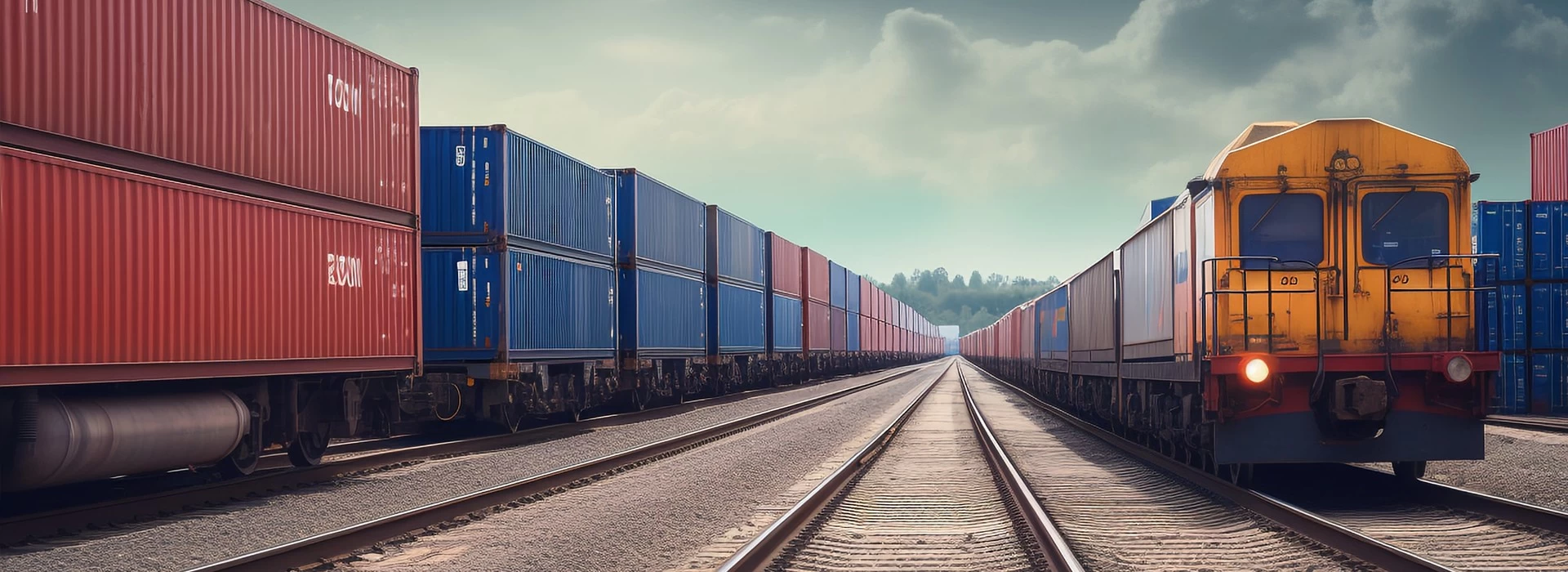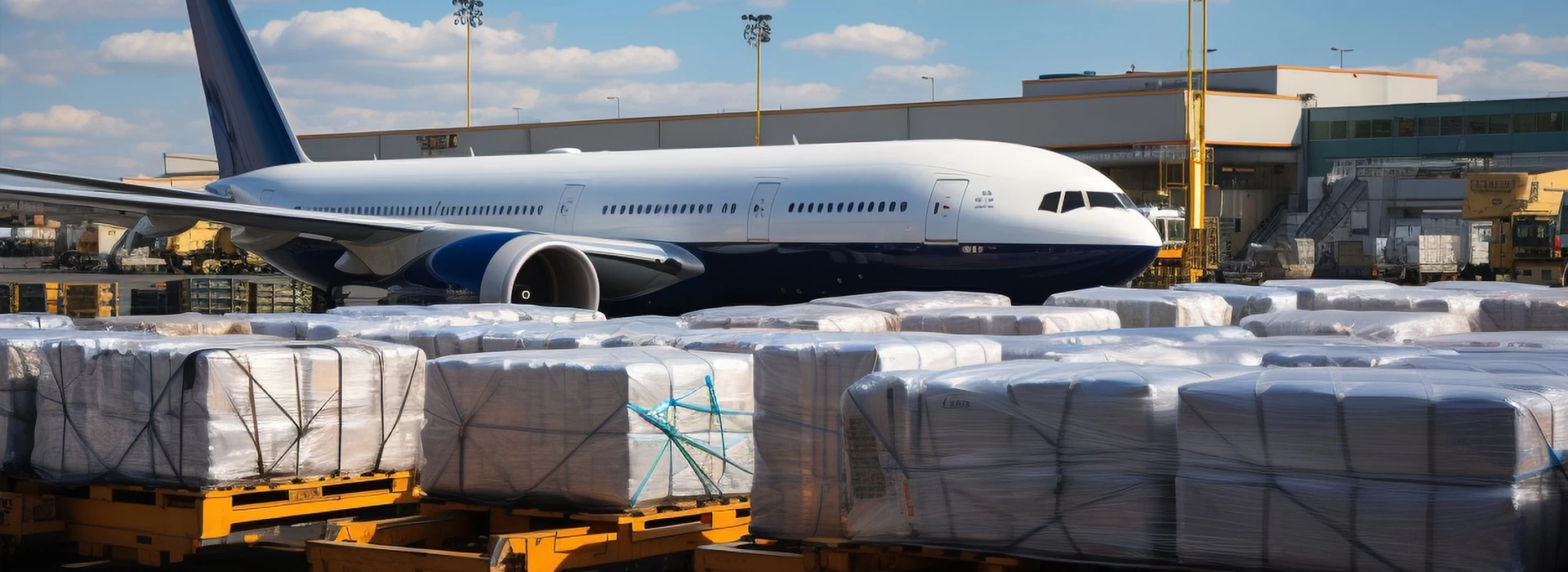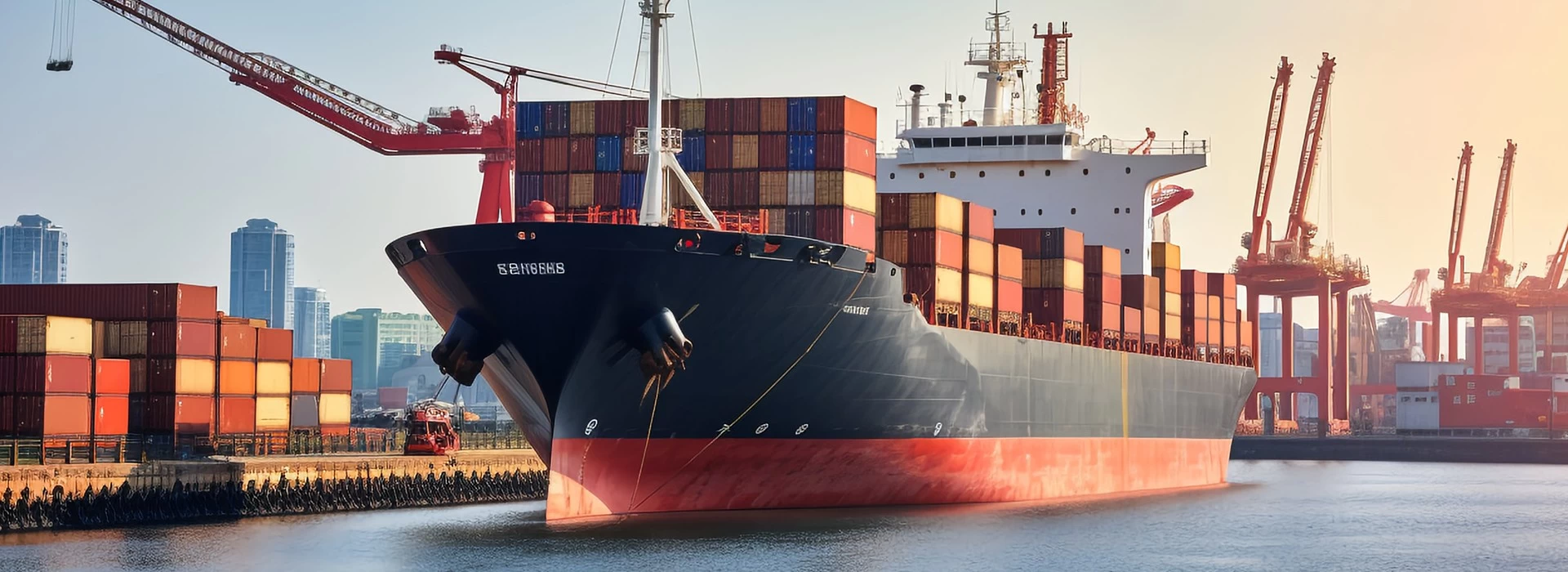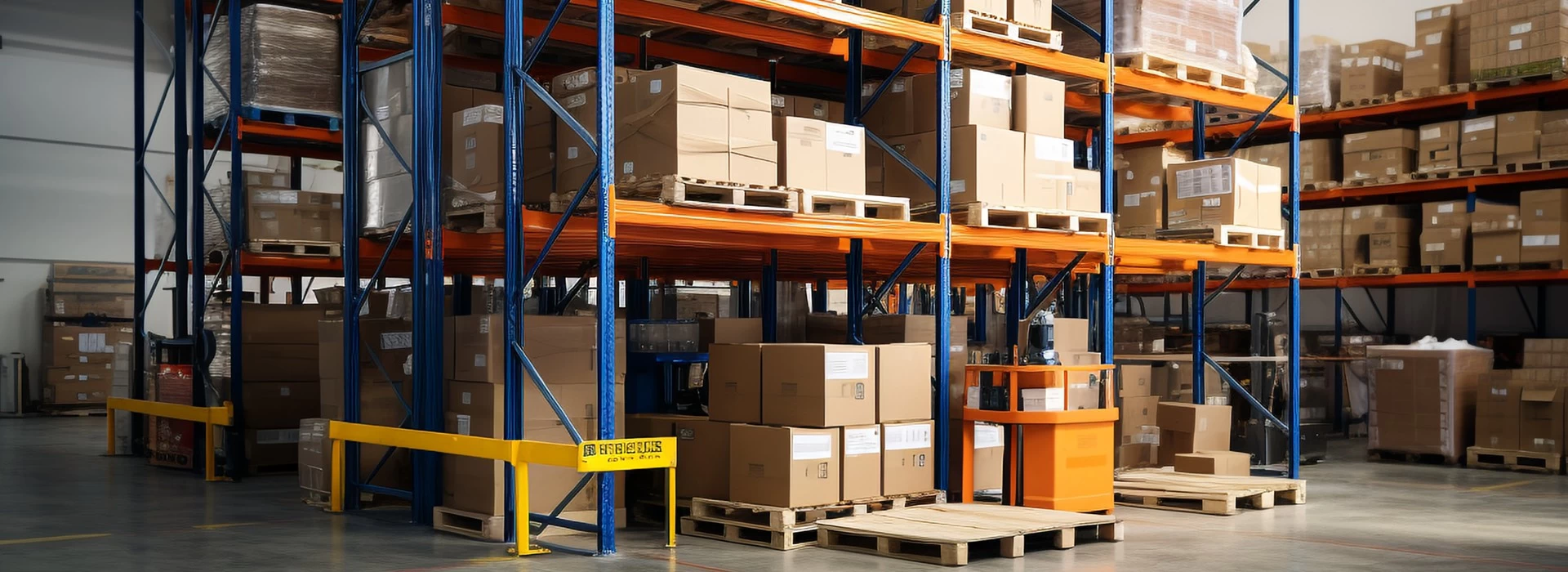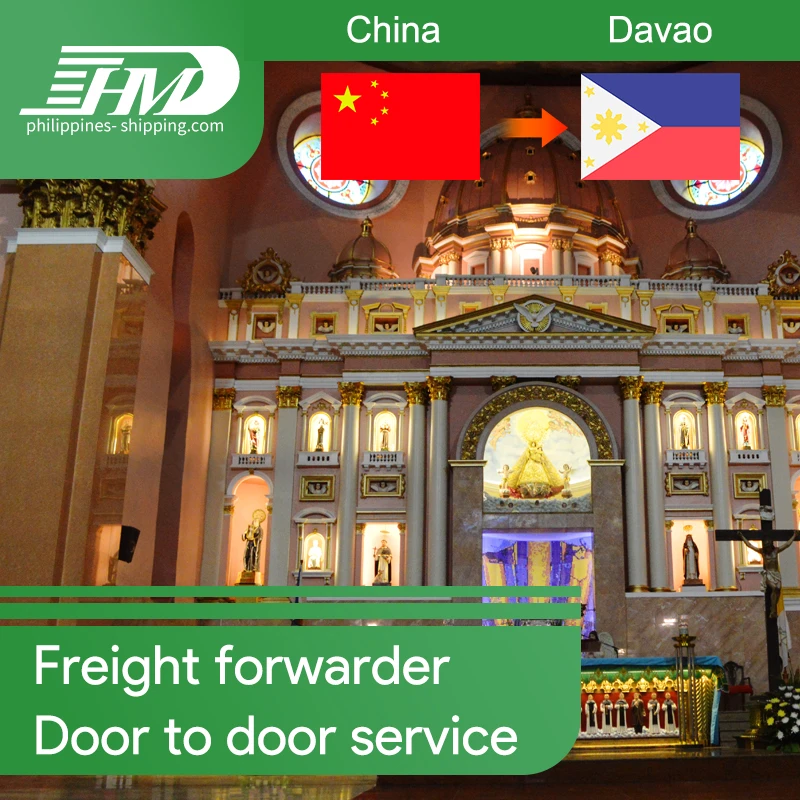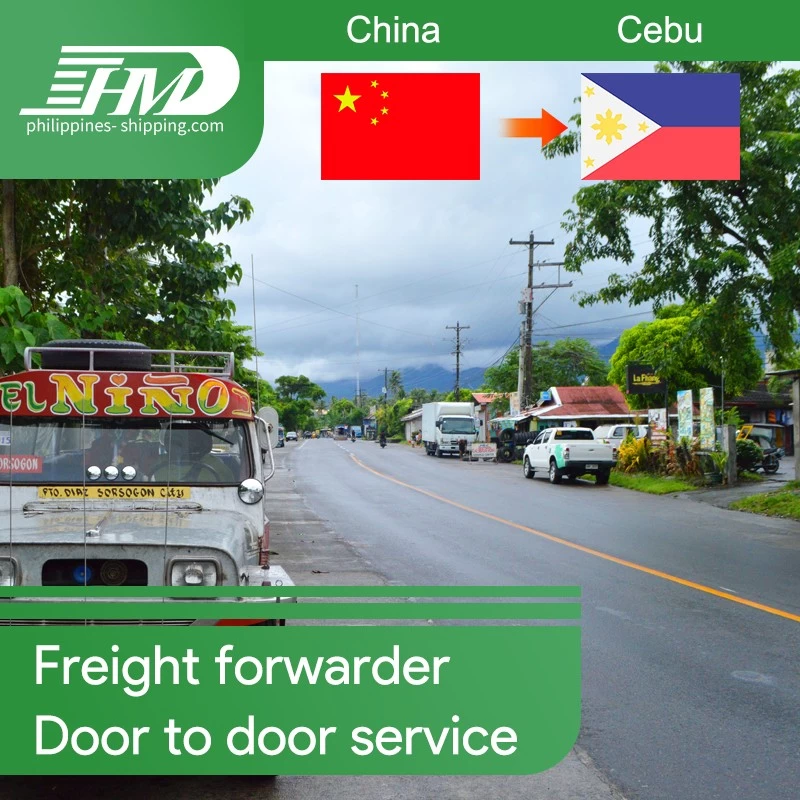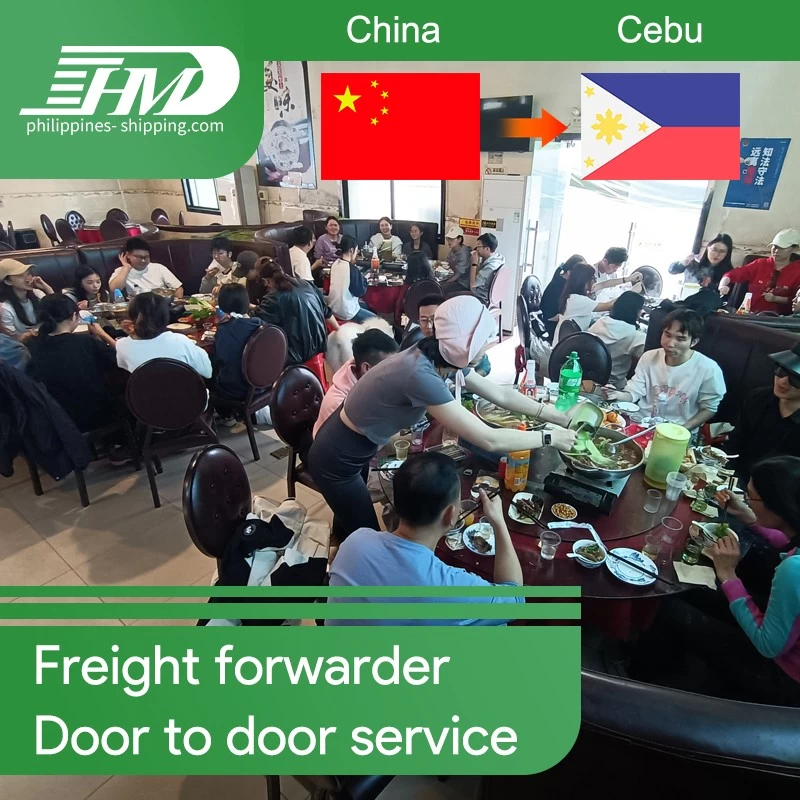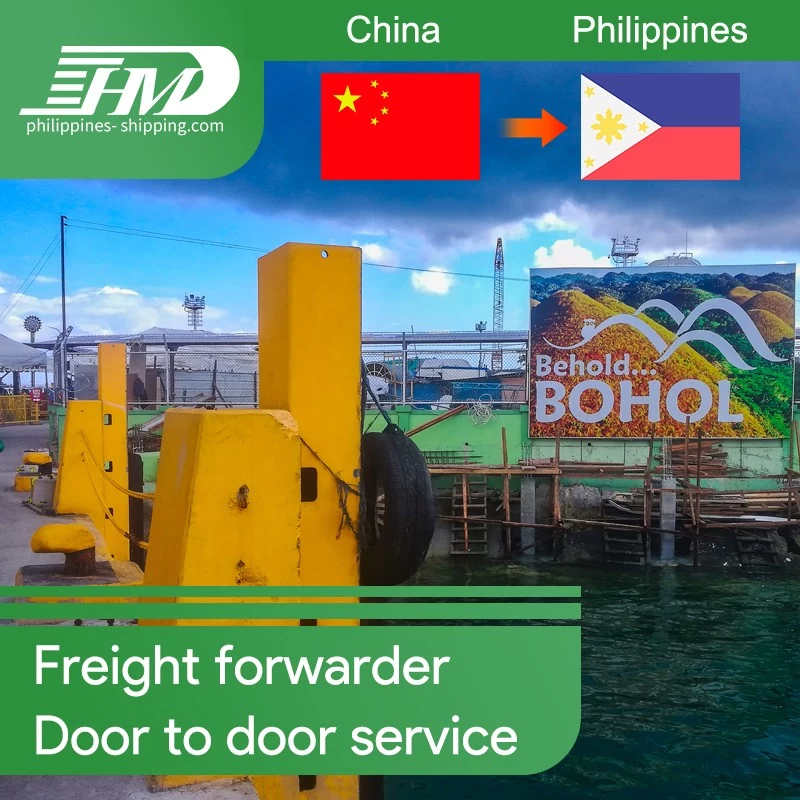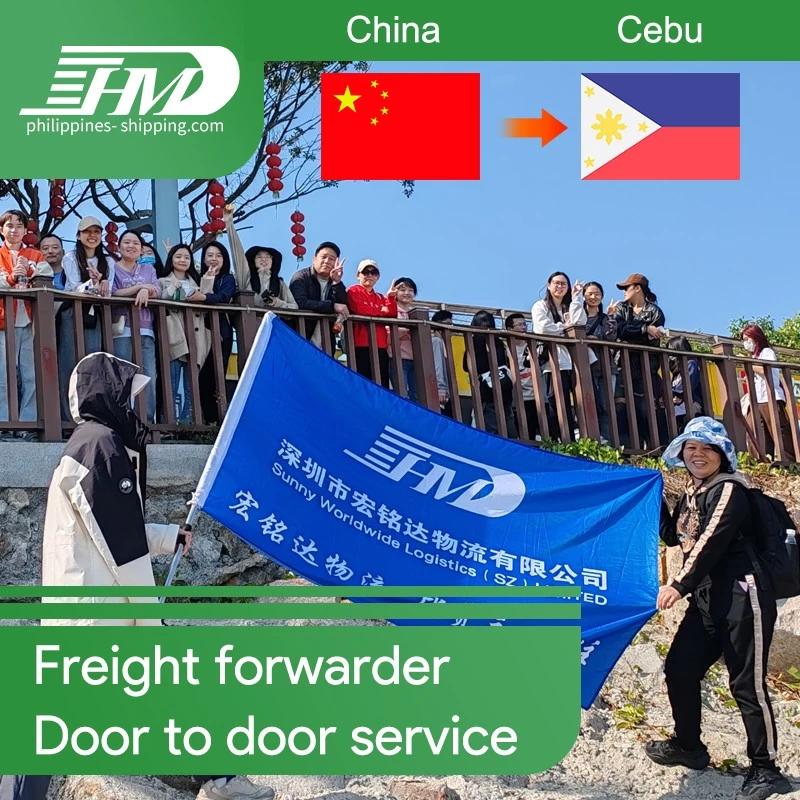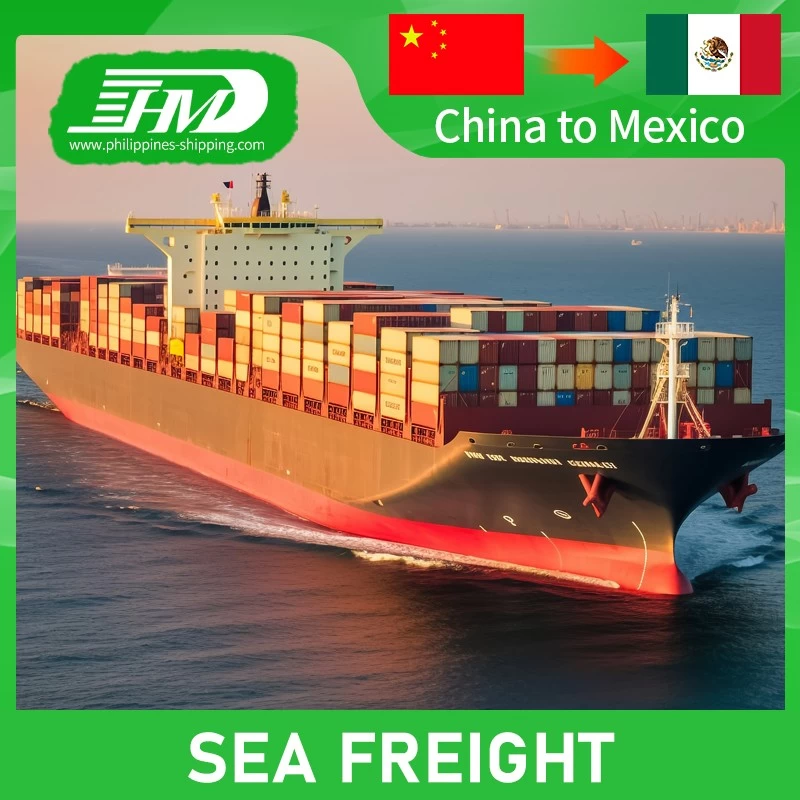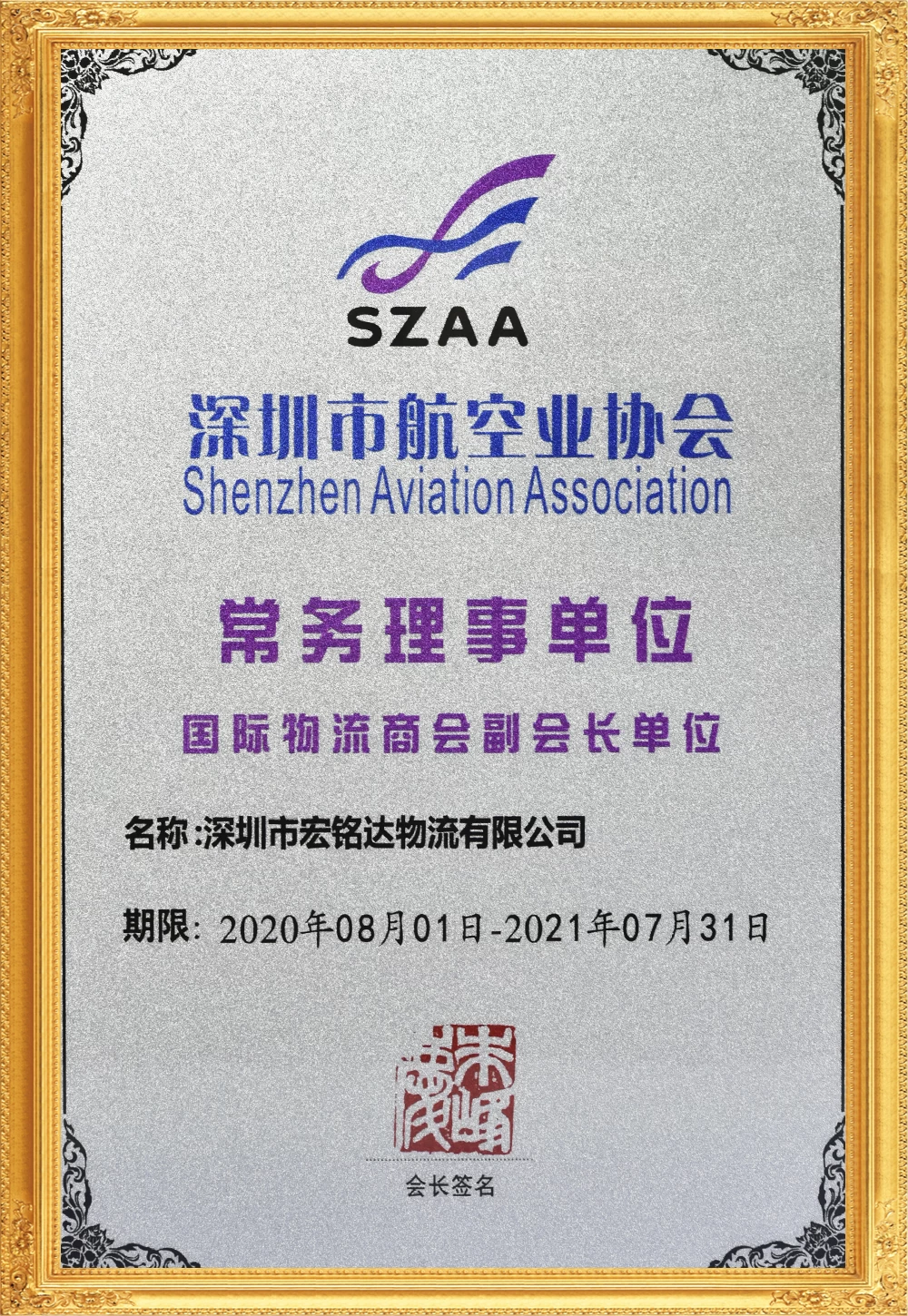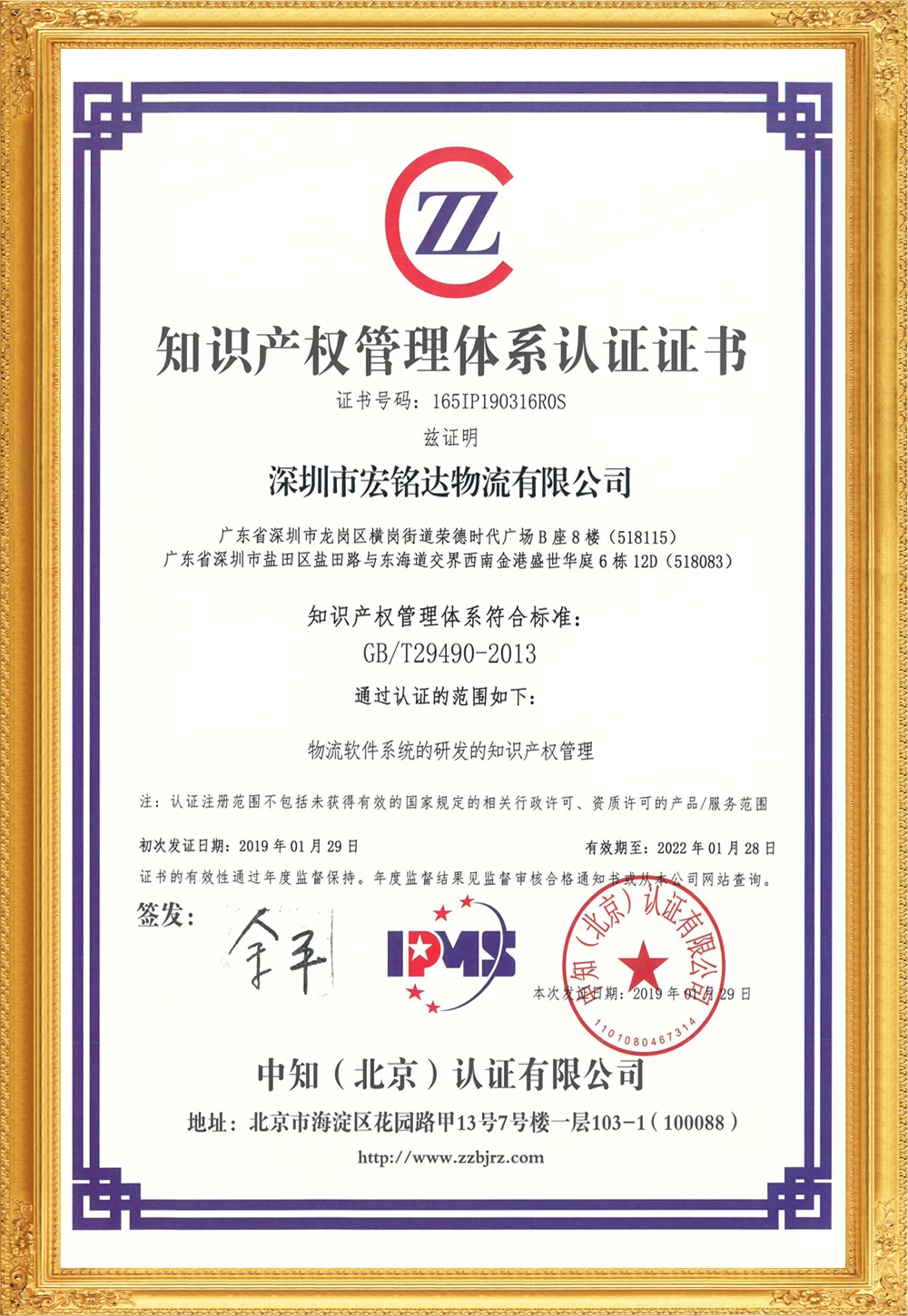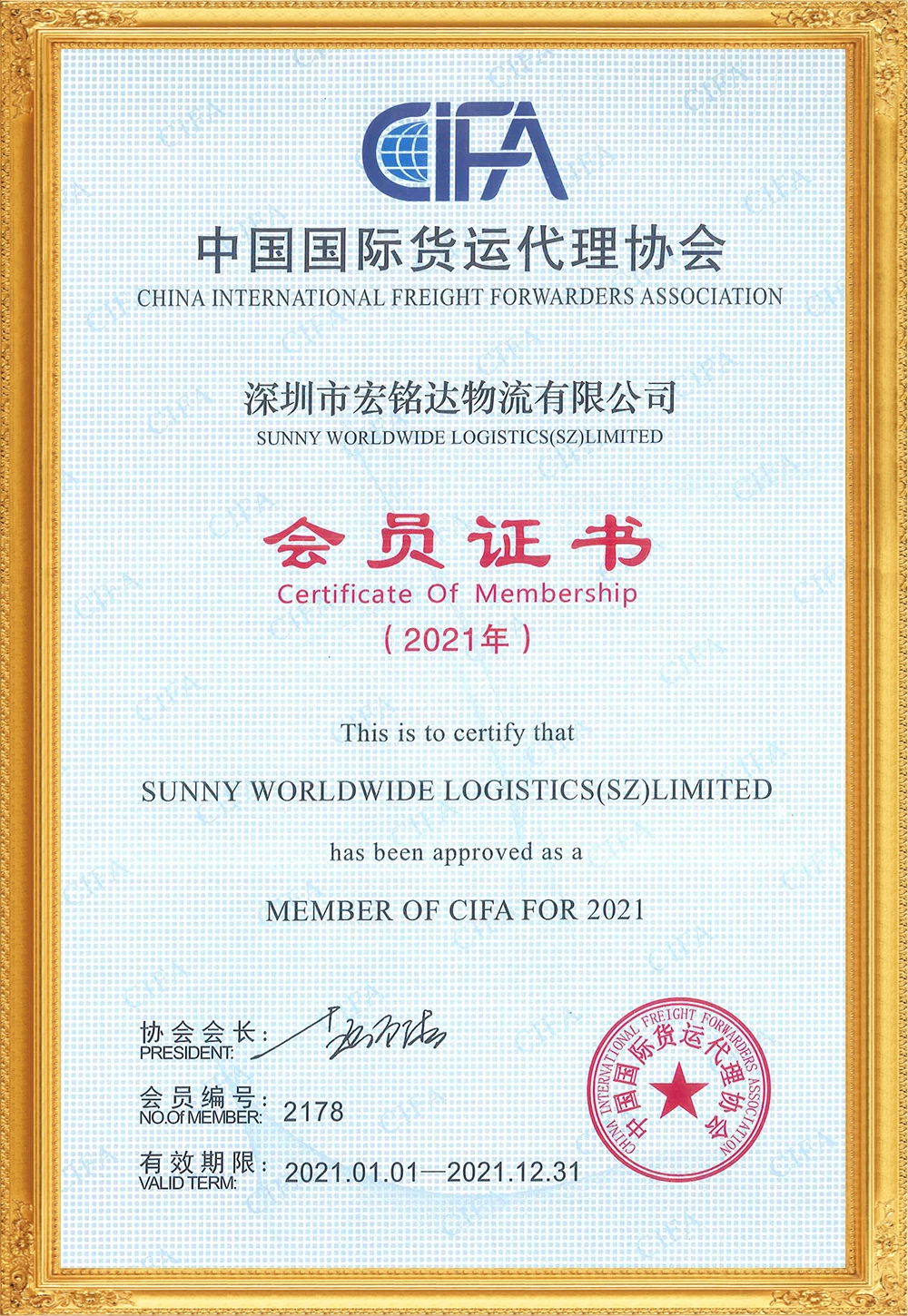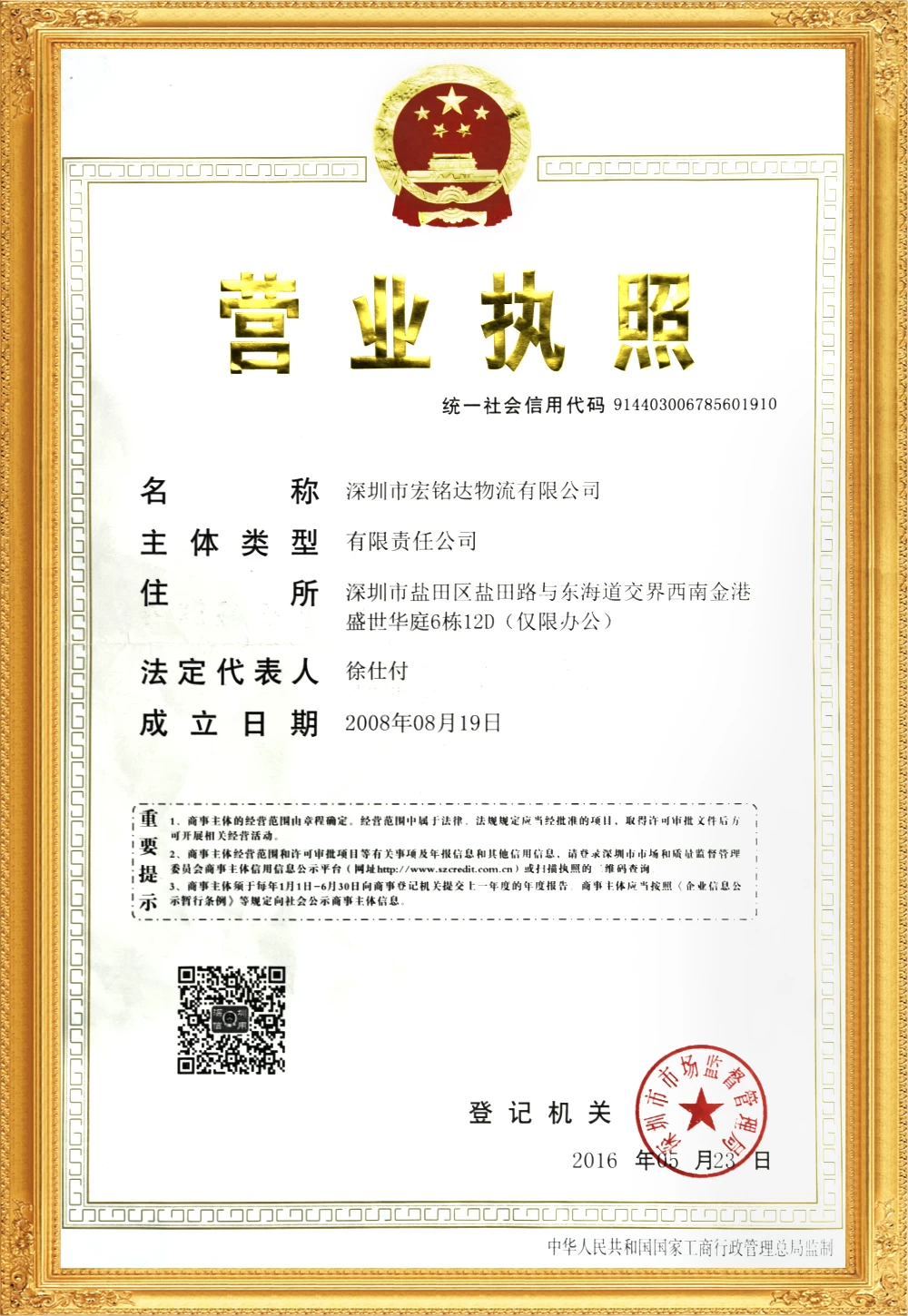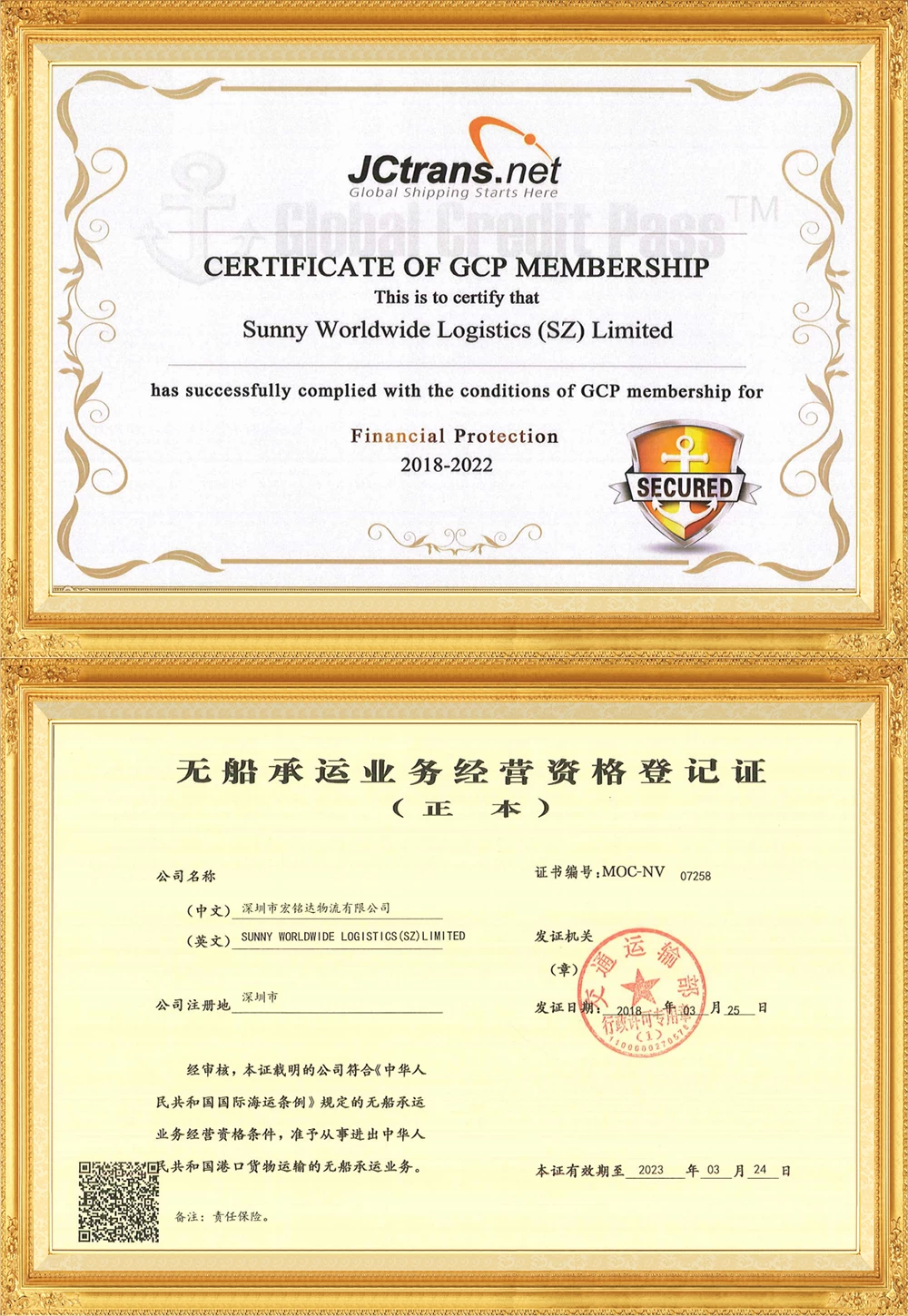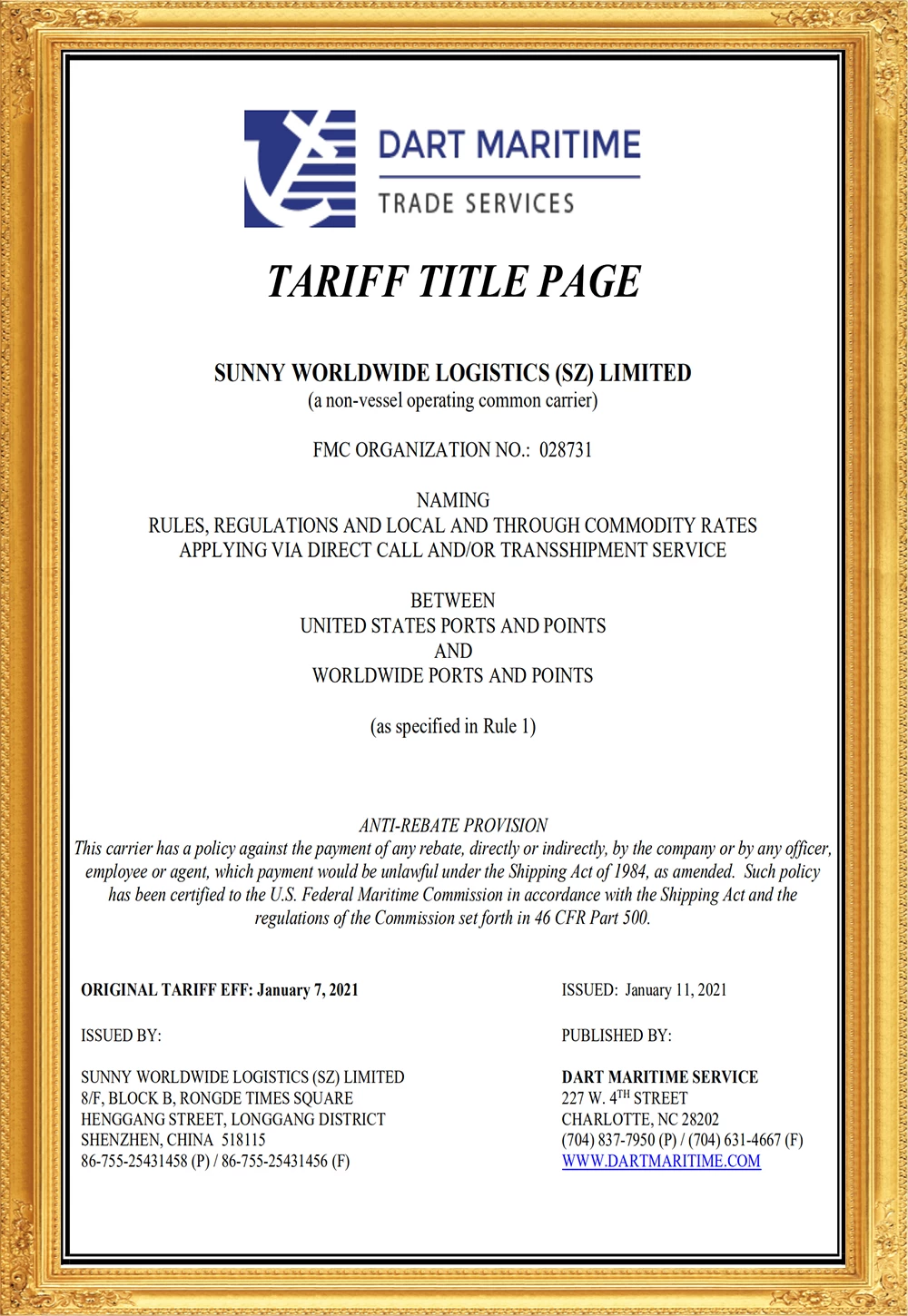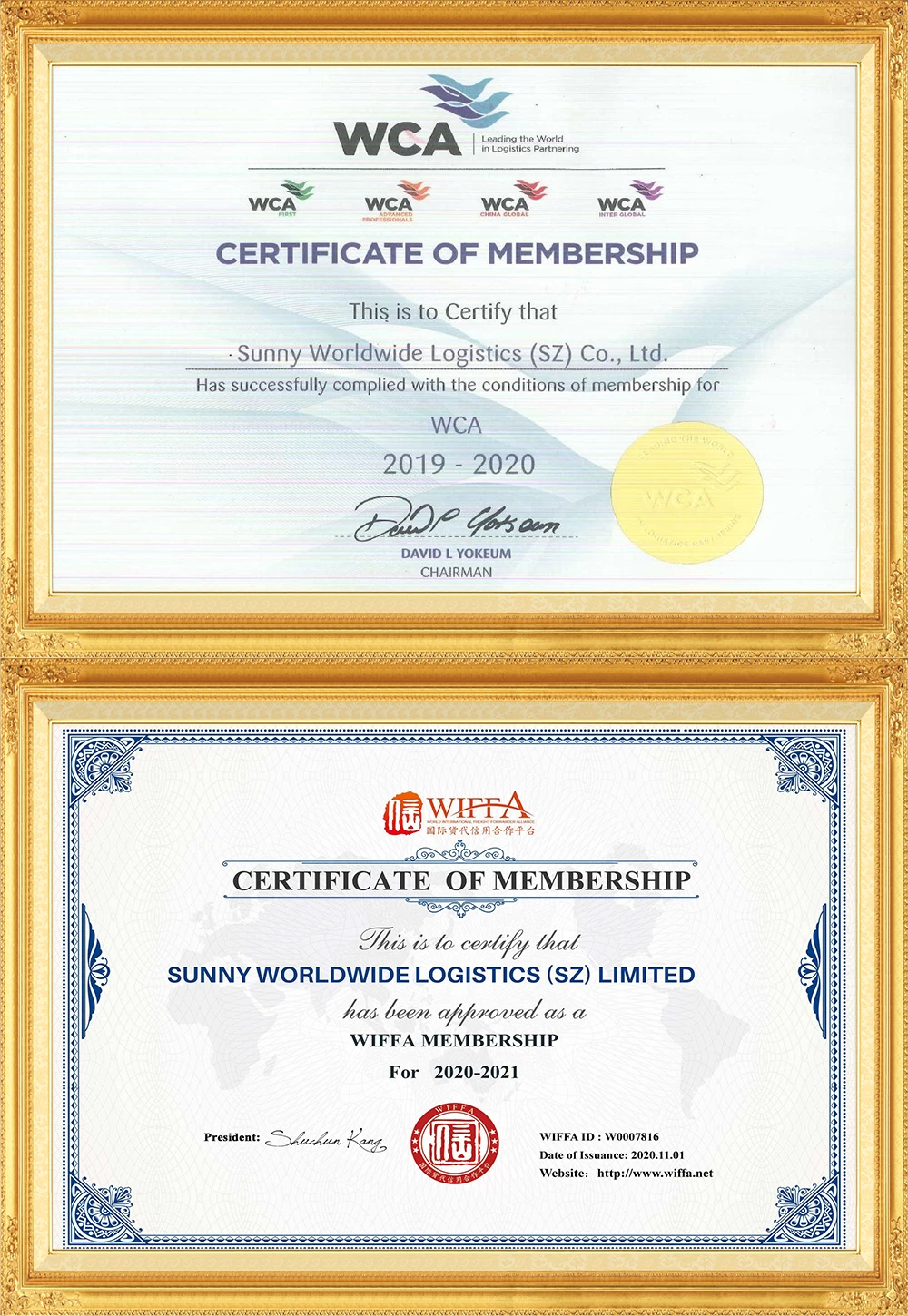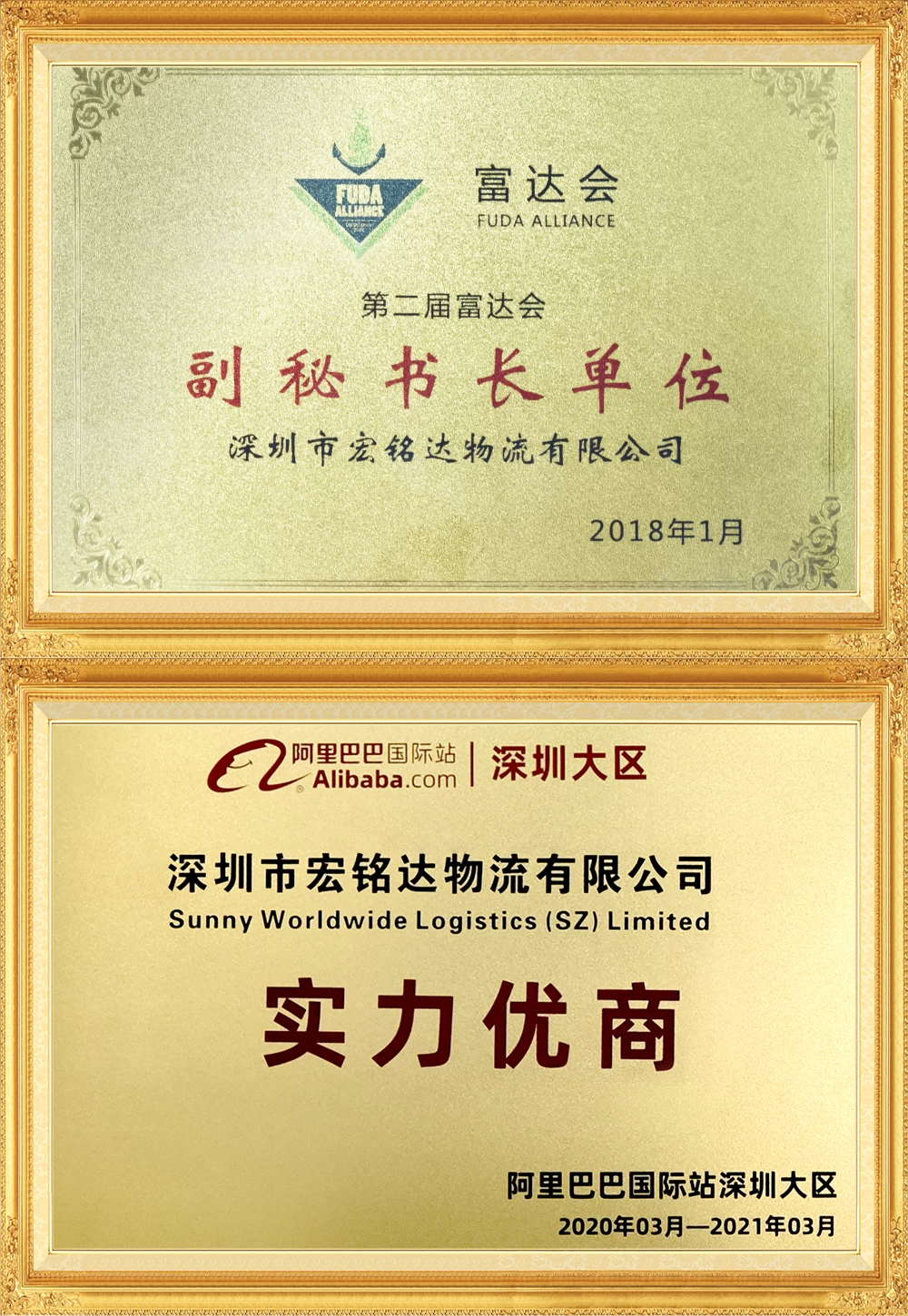Dry goods! Do you know everything about customs inspection?
Customs inspection refers to the actual inspection of the goods by the customs in order to determine whether the nature, origin, condition, quantity and value of the inbound and outbound goods are consistent with the detailed contents filled in the goods declaration form after accepting the declaration from the customs declaration unit. Administrative law enforcement actions.
Inspection process
1. After the customs confirms the inspection, the on-site customs officer will print the "Inspection Notice", and if necessary, make an inspection seal and hand it to the customs declarer.
2. To arrange the inspection plan, the specific time of the inspection will be arranged by the on-site customs inspection acceptance post. Generally, the inspection plan for the next day will be arranged on the same day.
3. When the customs inspects the goods, the consignee of the imported goods, the consignor of the exported goods or their authorized customs declaration personnel should be present and be responsible for assisting in the removal of the goods, unpacking and resealing the packaging of the goods. When the customs deems it necessary, it may conduct inspection, re-inspection or take samples of the goods.
4. After the inspection, the accompanying personnel shall sign and confirm on the "Inspection Record Sheet".
Check method
1. Thorough inspection, that is, unpacking and checking the goods one by one, and checking in detail with the goods declaration form one by one for the variety, specification, quantity, weight, and origin of the goods.
2. Spot check, that is, to selectively unpack and check the goods according to a certain proportion, and the goods must be unloaded. The degree of unloading and the proportion of unpacking (packaging) shall be subject to the requirements of inspection instructions that can determine the name, specification, quantity, and weight of the goods.
3. Appearance inspection, check the packaging, marks, trademarks, etc. of the goods. Appearance inspection is only applicable to goods that are difficult to handle and move, such as large machines and bulk raw materials. In addition, the customs also made full use of scientific and technological means to cooperate with the inspection, such as inspection facilities and equipment such as weighbridges and X-ray machines.

Inspection purpose
1. By checking the actual import and export goods and customs declaration documents, verify whether the declared content in the declaration link is consistent with the inspection documents and goods. Through actual inspection, it is found that there is no concealment or falsification that cannot be found in the declaration and review link. False reports and declarations and other smuggling violations or other import and export issues.
2. Through the inspection, the doubts raised in the declaration and review process can be verified, and a reliable supervision basis can be provided for tax collection, statistics and follow-up management.
Check location
1. Generally, the inspection is carried out at the import and export port terminals, stations, airports, post offices or other customs supervision places in the customs supervision area.
2. For the import and export of bulk cargo, dangerous goods, fresh and live commodities, and goods transported by barge, upon the application of the import and export consignee, the customs may also inspect and release them at the operation site.
3. Under special circumstances, with the application of the import and export consignee or its agent and the approval of the customs, personnel may also be dispatched to inspect the goods in factories, warehouses or construction sites other than the specified places.
Check direction
1. Check the product name
What is more error-prone here is that the scientific name and common name of the product are easy to be mistaken. Secondly, the Chinese product name translated from English words with multiple meanings sometimes does not match the actual product name.
2. Check the specifications
What is easy to make mistakes is that some factory customers have printed the carton packaging specifications, and there are many kinds of specifications that require one of the largest and one of the smallest. Then there are two specifications for some irregular product lengths, one for the upper length and one for the lower length.
3. Check the quantity
Errors in the total quantity are due to underreporting and overpayment, especially for tax refunds. The reason for the frequent errors here is that the customs declaration information is prepared in advance. When the data is changed during container loading, it is forgotten to update.
4. Check the weight
There are two places where weight is relatively easy to go wrong. The first is that the gross weight and net weight of bulk goods and the actual weight vary by more than 3%-5%. The second is products that are priced by weight. Many customers are used to deduce the net weight by subtracting the net weight from the gross weight and dividing by the number of pieces, which does not exceed 1 or 2 kg, which results in a discrepancy with the actual net weight.
5. Check the number of pieces
The more error-prone place is that the tail box, samples and gifts are not included in the calculation.
6. Check the shipping mark
Some products have shipping marks, some do not, some shipping marks will reflect some product and logo information, if there are, it must be reflected in the customs declaration.
7. Check whether there is infringement
Everyone knows this, and pay attention to distinguishing famous brands, imitation brands, factory brands, hang tags, R logos, and Logos.
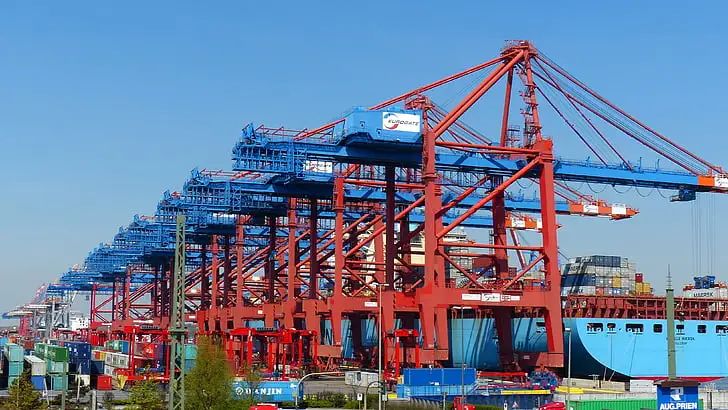
8. Check the place of origin
It is the source of goods. Some factories will disclose some product source information or advertising information on the packaging, especially when the tripartite trade is prone to wrong origin or destination information, especially the tripartite trade to Russia. Singaporean companies from China When buying and selling to Russian buyers whose suppliers are not clear, the origin information is random and must not be mistaken, otherwise it will not be cleared.
9. Check the classification
Check whether the customs code is accurate. It is more error-prone to classify multi-functional products accurately. For example, a tablet computer with a call function should be classified as a mobile phone instead of a tablet computer.
10. Check old and new
Many old things cannot be exported. The machines that are prone to errors are flat cabinets and open top cabinets. It is easy for people to misjudge that they are old in the open air and rain. In addition, many things in the moving and immigration cabinets are old.
11. Check prices
The code corresponding to each type of goods imported and exported by the customs has a price range in the customs system. There are generally two ranges, one is the price range of the local export port, and the other is the price limit range nationwide, especially for imports. When exporting, the price review is particularly strict, and it is relatively better when exporting.
12. Sampling and inspection
This is relatively rare, and it is generally a chemical product that cannot be judged by the naked eye and needs to be tested.
13. Check the bodywork
During the transportation between China and Hong Kong, check the container truck of the consignment container.
14. Check the box
When checking the container, basically there is no careful inspection, and no problems can be found. Generally, it is the special container that is carefully inspected.
15. Whether to hide
It is whether there are some things that are not produced by the factory or that are not reported.


